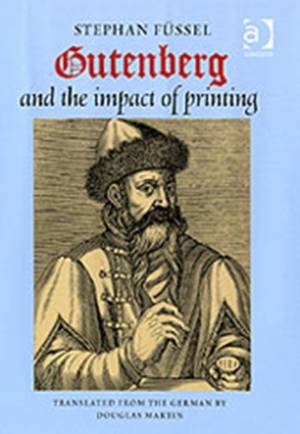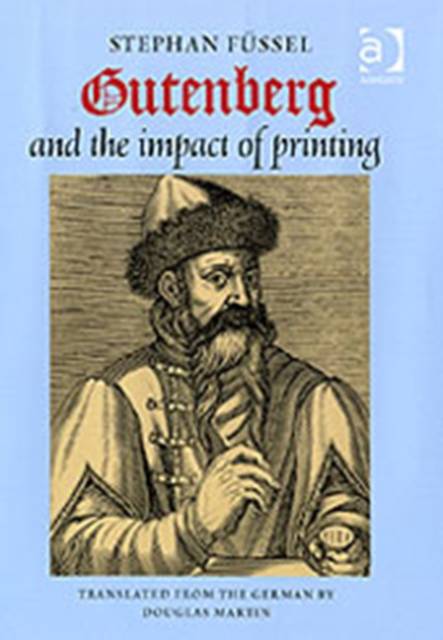
- Retrait gratuit dans votre magasin Club
- 7.000.000 titres dans notre catalogue
- Payer en toute sécurité
- Toujours un magasin près de chez vous
- Retrait gratuit dans votre magasin Club
- 7.000.0000 titres dans notre catalogue
- Payer en toute sécurité
- Toujours un magasin près de chez vous
Description
From typefounding through typesetting to the printing process itself, this narrative offers a fresh look at the unprecedented success story of the spread of the 'black art' right across Europe in a mere 40 years. Stephan FÃ1/4ssel here analyses the first early printings, placing them in the context of the history of communication and the intellectual climate of a Europe-wide educated elite by about 1500. He foregrounds the tremendous rise in European culture and the history of education experienced as a direct result of this media revolution. In separate chapters FÃ1/4ssel depicts the fast spreading of the art of printing to Italy, France and England, at the same time highlighting the importance of the art of printing for the Roman Catholic Church, the Reformation, the University and the economy. From herbals to a guide for midwives, the present book shows popular instruction at work in the vernacular, as well as the consolidation of knowledge into encyclopedias in the early modern period, and the emergence of new forms of the prose novel and the beginnings of newspapers and periodicals. Finally Stephan FÃ1/4ssel traces the modern resonances of Gutenberg's invention, which persisted in virtually unchanged form for a further 350 years. It underwent decisive technological change through industrialisation and mechanisation in the nineteenth century, and again through digitalisation at the close of the twentieth century. However, as FÃ1/4ssel shows, the mass diffusion of information and the related communications revolution which began with Gutenberg continue unabated.
Spécifications
Parties prenantes
- Auteur(s) :
- Editeur:
Contenu
- Nombre de pages :
- 216
- Langue:
- Anglais
Caractéristiques
- EAN:
- 9780754635376
- Date de parution :
- 28-02-05
- Format:
- Livre relié
- Format numérique:
- Genaaid
- Dimensions :
- 156 mm x 233 mm
- Poids :
- 611 g

Les avis
Nous publions uniquement les avis qui respectent les conditions requises. Consultez nos conditions pour les avis.






